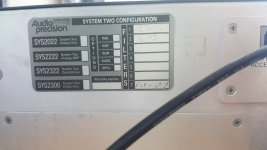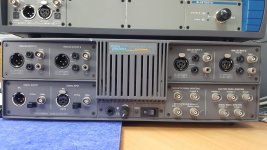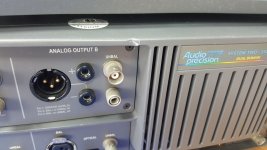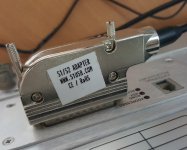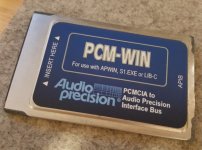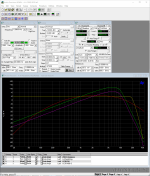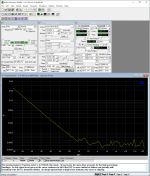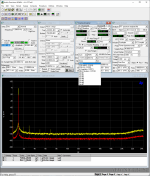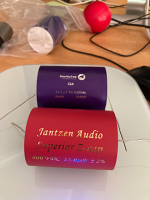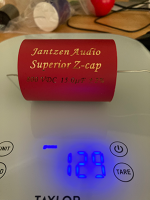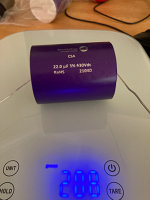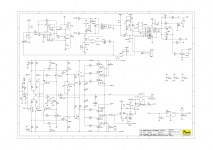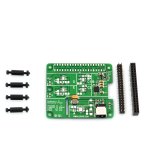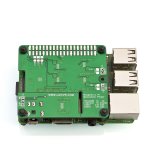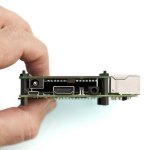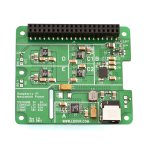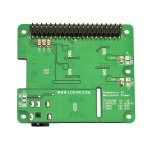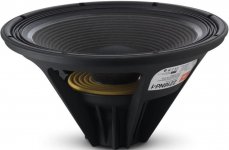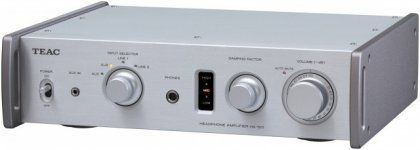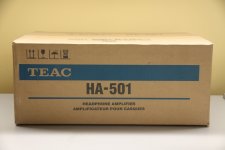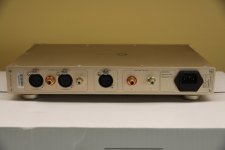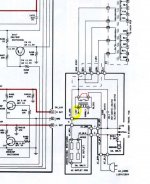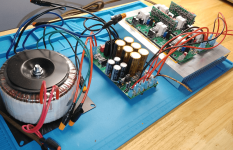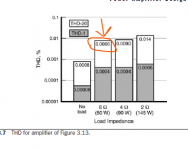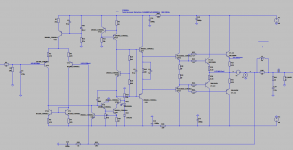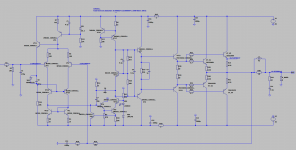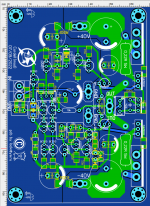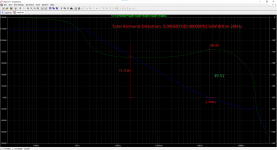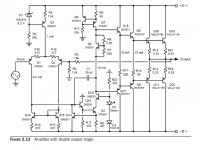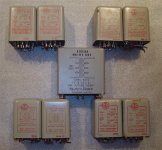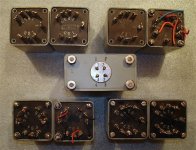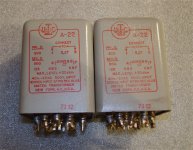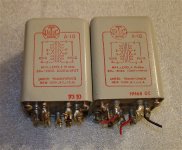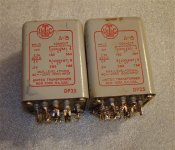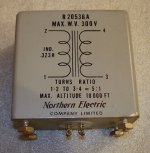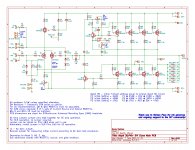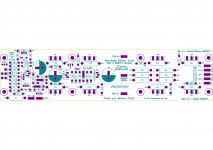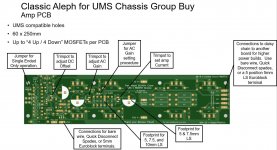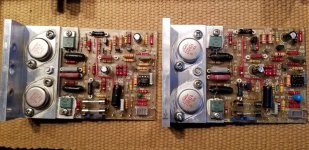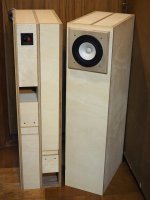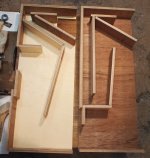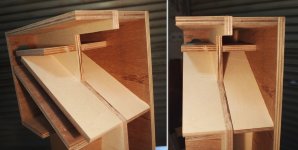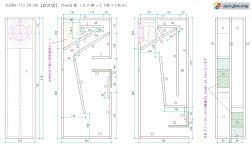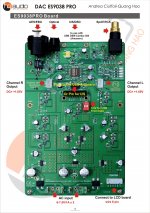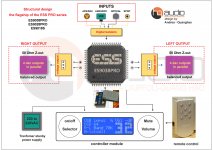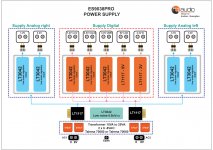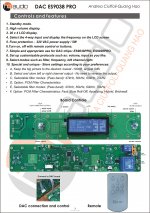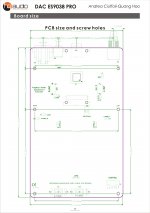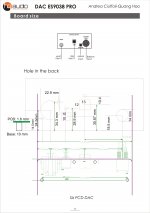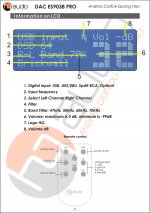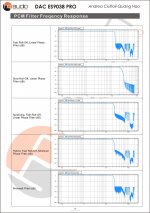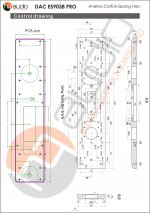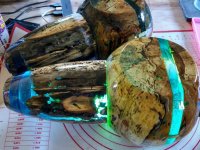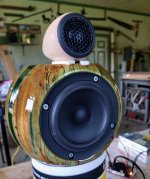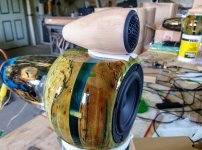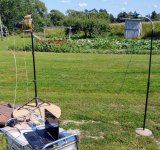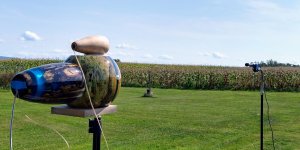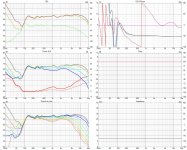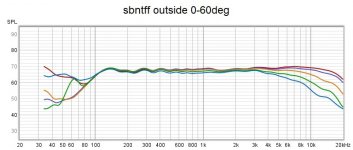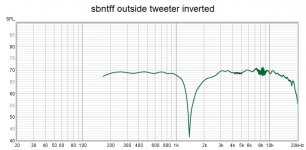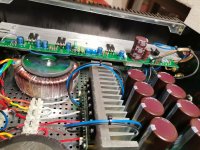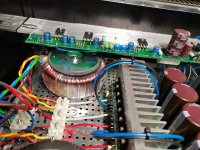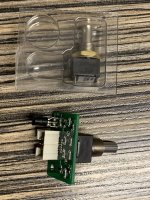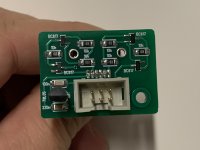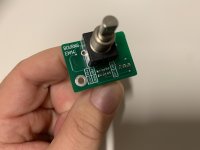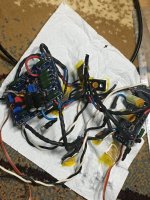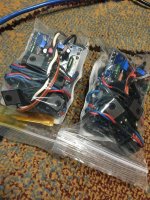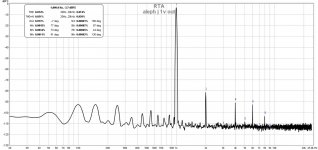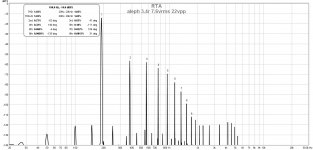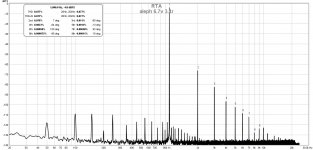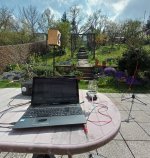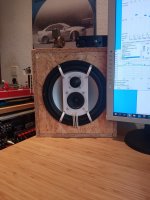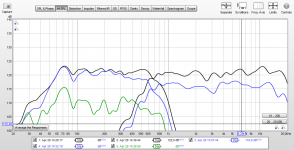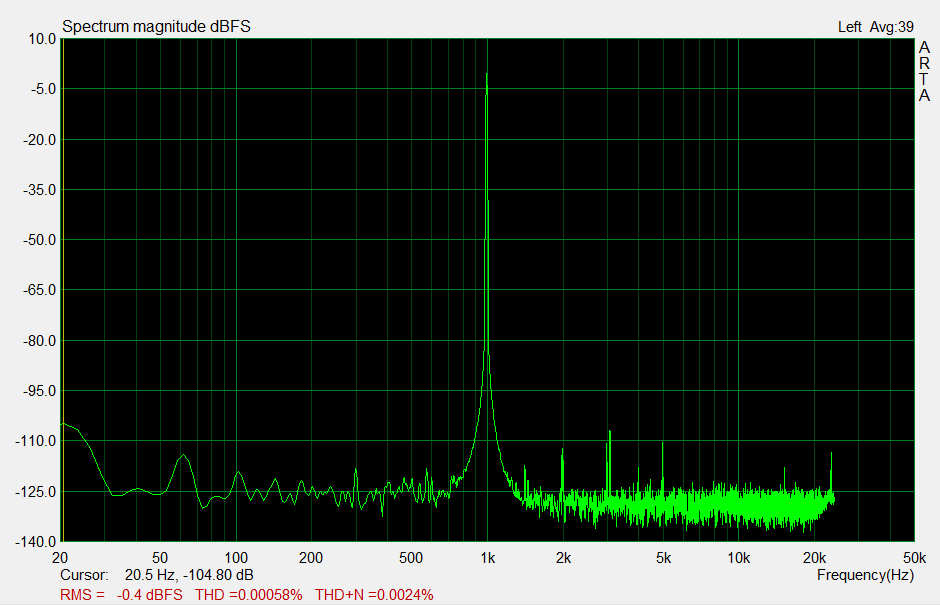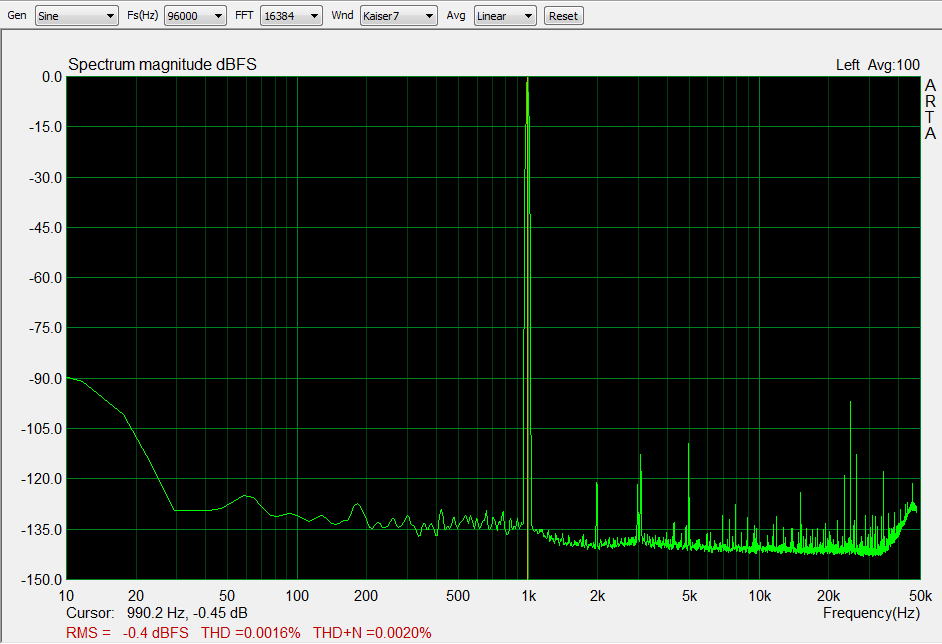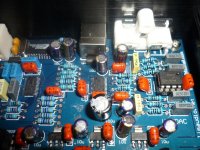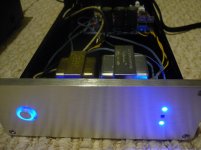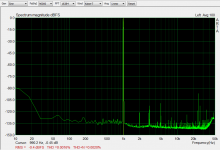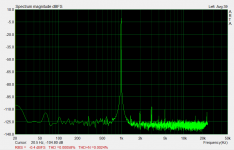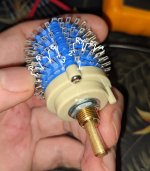As title says I did buy this eBay DAC board and associated enclosure from along1986090. Used my transformers.
CS4398 with CS8416+CM102s, provides coaxial SPDIF and USB inputs.
First impressions:
Enclosure definitelly well done, with (almost) all necessary hardware, holes in exact locations to match the board. Kind of long (10", plus 1/4" front aluminium plate), I guess it can be used to add a dedicated headphones amp.
I did buy the pre-solderd board. Inspected with the magnifier glass showed an OK grade of soldering. PCB is in filled ground technique and parts are like shown in the picture.
Initial tests had a sligtly distorted signal and analized with my E-MU1820m showed a really bad signal. I did replace the 5532 that was on board with LM4562 that I hade around and everything started to look better. I suspect that the 5532 was either a fake or a damaged exemplar. There is no capacitor or resitors on OpAmp outputs, so it is easy to be damaged.
At -2dB looks decent. The output stage overloads my ADC input at higher than -2dB (all the other DAC's that I tested didn't manage to do that).
The output stage is not done per recomended schematics in the datasheet.
USB input:
CM102 locks only onto 16bit/48kHz signals. 16bit/44.1kHz is not supported in Windows7 mixer (WASAPI).
If looses the connection with the PC, static noise is outputted till the next power off/on cycle. The automatic switching could be done better I guess...
Altough in Win 7 there is no need for drivers,
here is a package that provides a little more that basic USB. This driver looks like it does the resampling to 48kHz automatically.
Coax SPDIF:
Locks on 44.1-96kHz, 16 or 24 bit. I don't have a SPDIF source capable of 192kHz to fully test the CS8416.
Using Foobar with resampling to 48kHz would allow USB connection to work at any rate, but I do prefer the coax.
All in all, sounds decent, especially for the price. THD+N with LM4562 is at -94dB. OpAmp upgrade is strongly recomended and looks like some of the AC grid noise could be reduced by better filtering.
Direct coupling of the outputs leaves some higher levels of 10Hz noise creep into the output chain as seen in the coax graph (at USB I forgot to extend the range below 20Hz).
The seller give the schematics (at my request).
